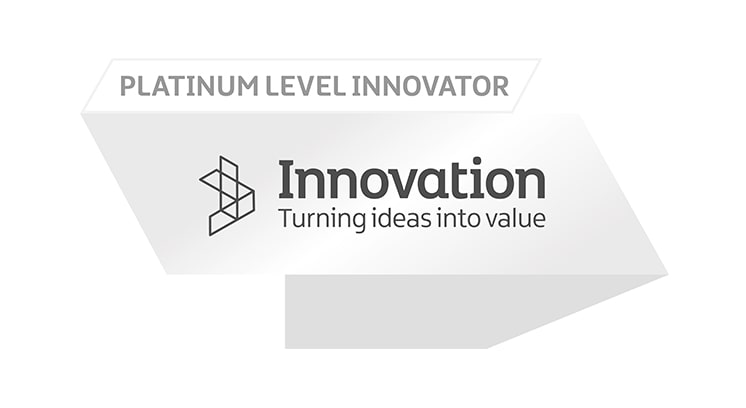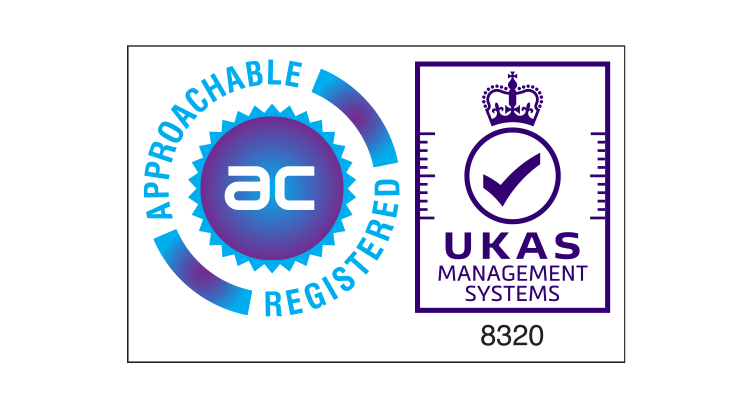Community health services play a key role in out health and care system. They keep people well at home and in community settings close to home, and support people to live independently. However, our community health services have suffered from many years of inattention and underinvestment. As a consequence, the services provided vary widely in terms of performance and productivity, and the necessary facilities and support, both managerial and technical, are often lacking.
Yet the challenges faced by community services are increasing significantly: care is shifting from hospital to community settings, the population is ageing and the number of people with long-term conditions is growing. There is a compelling case to modernise services and to improve the degree of co-ordination with other services, particularly in primary and social care.
By providing clinicians with the correct technology, you can transform the way you provide care in a community-based setting. Clinicians will be empowered to focus on delivering better outcomes to patients and patients will benefiting from being able to spend more valuable time with clinicians.









